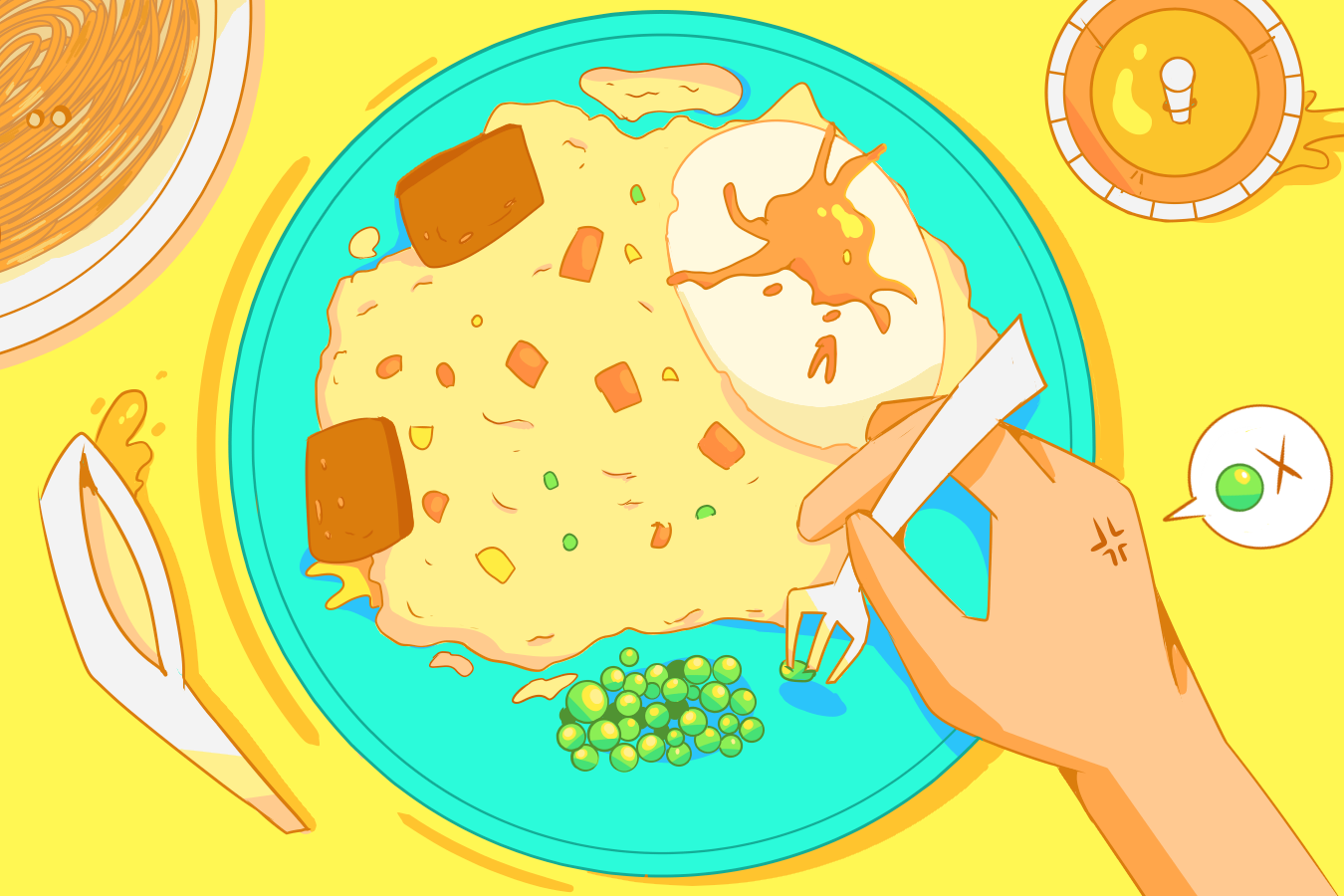
CNC Illustration by Gwendolyn Say (@saydrawings)
1. Crystallisation and evaporation separate a solute from a solution
Water is the playground of chemistry. Many reactions occur in water. Consequently, water will welcome the product into the world and dissolve it instantly if it is soluble.
To separate the product from the water, there are two different methods:
- Crystallisation
- Evaporation to dryness

2. Difference in heating: crystallisation involves less heating
Evaporation to dryness is the more brainless method. We simply heat the solution until all the water boils off. This will leave behind the solid product and you are done!
In contrast, crystallisation is a delicate method involving careful heating to remove some water. We heat the solution only for a limited time, stopping once we observe that the remaining solution is saturated.
Sounds cheem? A saturated solution is a crowded one that has just enough water for all the solutes. It is bursting at the seams and removing anymore water will cause some solute to be crashed out as a crystal.
3. Difference in procedure: crystallisation needs cooling and filtering
Crystallisation is leceh. It involves two more steps on top of heating.
Firstly, we have to cool the saturated solution that is hot due to all the heating. This is the magical part, whereby crystals appear as the temperature drops. Since cooling decreases the solubility of most substances, even less solutes can remain dissolved in the already saturated solution. The seams burst and some solutes leave the water as crystals.
Secondly, we need to filter off the crystals from the small bit of water that has remained. We then dab dry the crystals with sheets of filter paper, which happens to be very absorbent.
-

1. Heat the solution to evaporate most but not all of the water, hence forming a saturated solution that appears darker -

2. Cool the hot saturated solution down for crystals to form (here, an ice bath was used to speed up the cooling and crystallisation) -

3. Filter off the remaining solution and collect the crystals as residue -

4. Dry the crystals on filter paper (which is absorbent)
4. Difference in product: water of crystallisation
For some salts, crystallisation gives hydrated crystals. This means that some water molecules have sneaked into the giant ionic lattice structure, forming bonds with the ions at a fixed ratio. Since these water molecules are part of the crystal, we call them the water of crystallisation.

For example, blue crystals of hydrated copper(II) sulfate have 5 water of crystallisation for every pair of copper(II) and sulfate ions. We can write its chemical formula as CuSO4.5H2O.
However, evaporation to dryness will drive off all water molecules, even the water of crystallisation. Consequently, it will always give the anhydrous salt that is powder-like.
5. Difference in feasibility
Due to the strong heating involved in evaporation to dryness, it is more suited to separate:
- Solutes that are thermally stable, which do not decompose under high heat
- Anhydrous salt that does not contain water of crystallisation
For example, we cannot separate sugar from its solution using evaporation to dryness, since the prolonged heating may turn the sugar into caramel. Yummy, but we lose the original sugar in the process!




